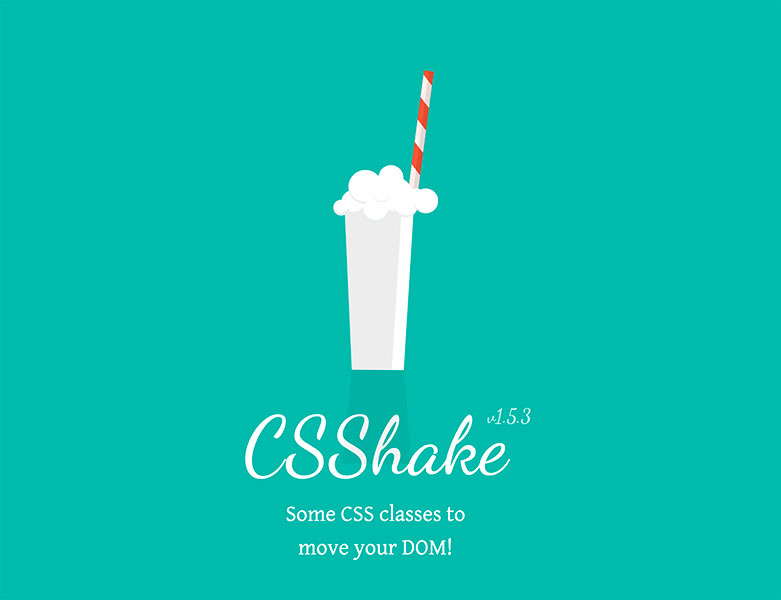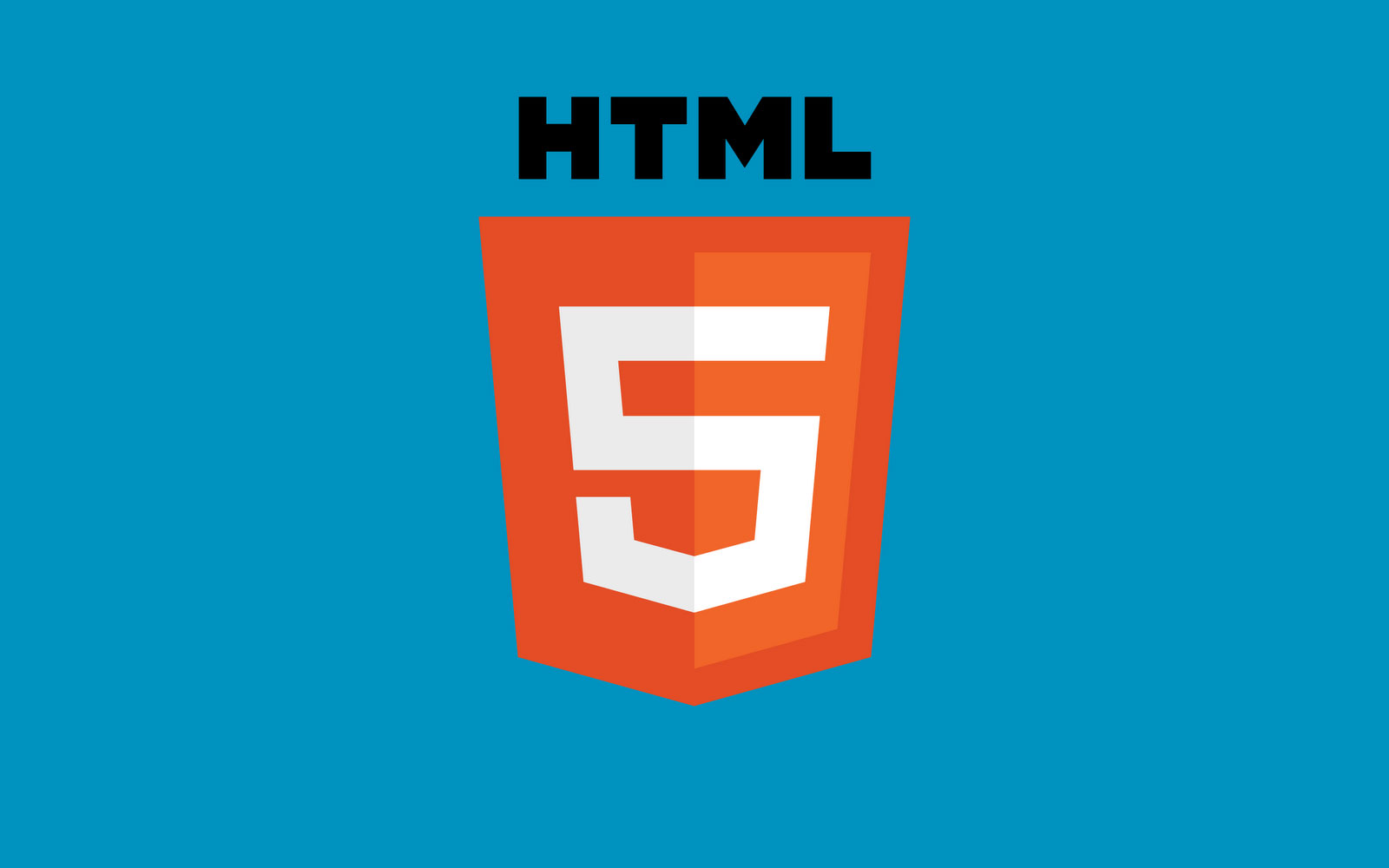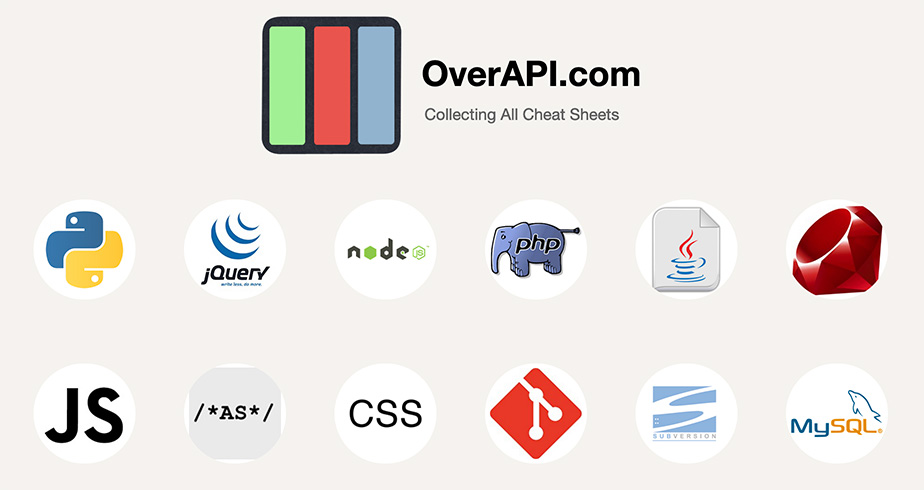不同於 bootstrap 這種 UI Framwork 一樣幫我們整理好了許多好用的元件(component),Tailwind CSS 本身並沒有那麼多現成的元件,也就是說如果我們想要一個按鈕可能得這樣組合他提供的 CSS:
<!-- Before extracting a custom class -->
<button class="py-2 px-4 bg-blue-500 text-white font-semibold rounded-lg shadow-md hover:bg-blue-700 focus:outline-none focus:ring-2 focus:ring-blue-400 focus:ring-opacity-75">
Save changes
</button>只是這樣組起來就好像回復到以前用 inline-style 寫 CSS 一樣,看起來會有點煩躁,而 Tailwind CSS 就有提供我們自訂 class name 並把內建的樣式組合的方法,像是如果我們最後想要用一個 class name 來設定按鈕樣式:
<!-- After extracting a custom class -->
<button class="btn-primary">
Save changes
</button>
在 Tailwind CSS 裡我們就可以利用 @apply 來設定:
@tailwind base;
@tailwind components;
@tailwind utilities;
@layer components {
.btn-primary {
@apply py-2 px-4 bg-blue-500 text-white font-semibold rounded-lg shadow-md hover:bg-blue-700 focus:outline-none focus:ring-2 focus:ring-blue-400 focus:ring-opacity-75;
}
}
這樣就能讓我們的 CSS 更好維護了。












![[CSS] 超連結的虛擬類別屬性- :any-link](/assets/upload/1580227388021_0.jpg)

